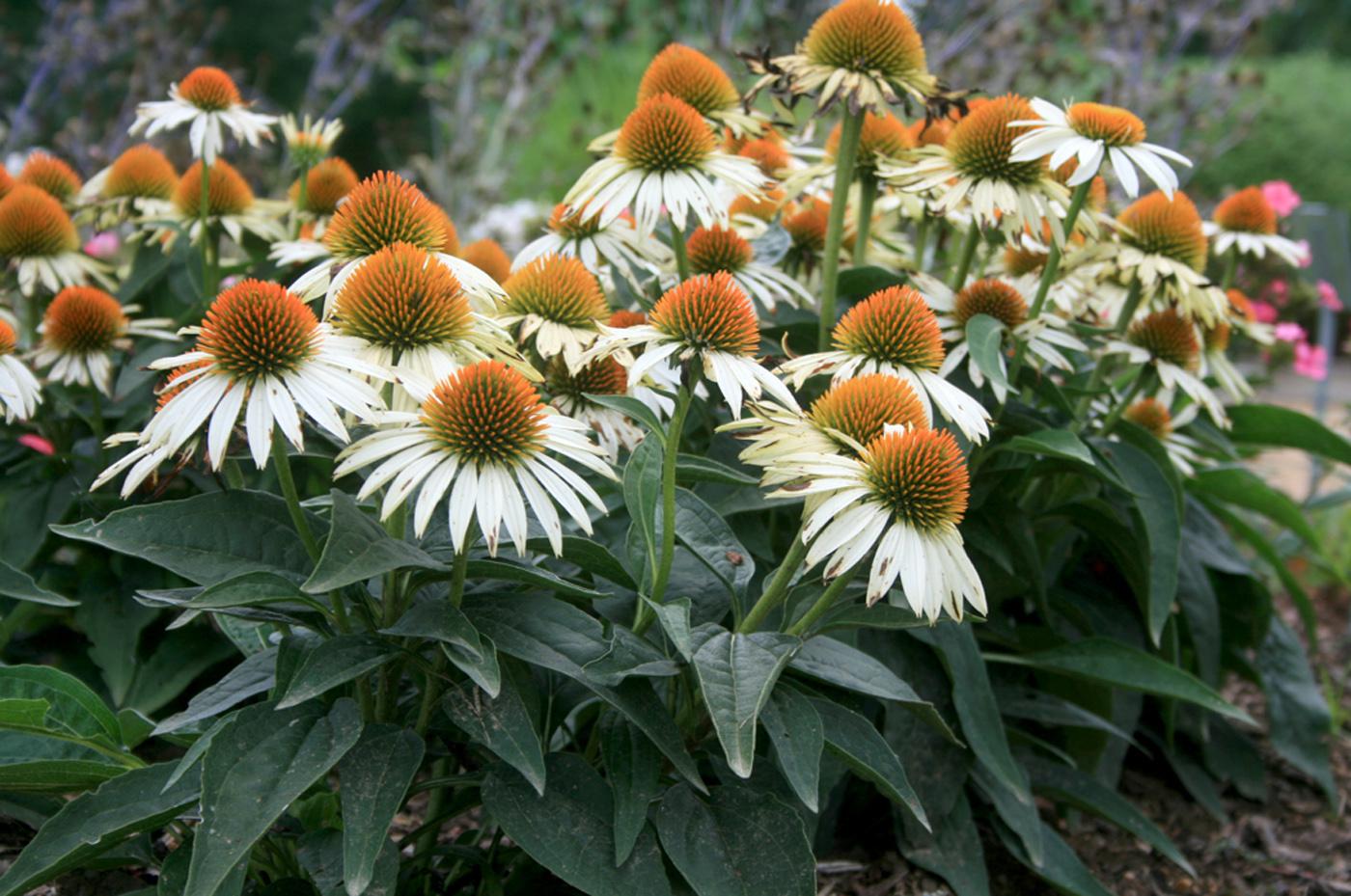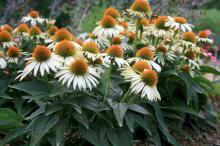Information Possibly Outdated
The information presented on this page was originally released on July 29, 2010. It may not be outdated, but please search our site for more current information. If you plan to quote or reference this information in a publication, please check with the Extension specialist or author before proceeding.
Deadhead flowers to make more color
Deadheading is an important garden maintenance activity, but many gardeners overlook the importance of removing spent flowers.
We deadhead flowering plants to extend the bloom period, to remove the seed source of species that could become weedy and to maintain the health of flowering garden plants.
Many plants rebloom after you remove the flowers. Some plants have a life cycle with the ultimate goal of producing seed for the next generation. If we interrupt that process by deadheading spent flowers, the plants will continue to bloom as they try to complete their genetic programming.
Flowering plants can produce hundreds or even thousands of seeds each year. You might not get what you expect if you allow these seeds to germinate. These seedlings often do not match the original plant due to the complex breeding required to produce the mother plant. Also, the seedlings could crowd out the mother plant.
Deadheading these species before they produce seed will prevent such problems. Plants like coleus also require deadheading to remove the nonshowy flowers, allowing the colorful foliage to be the focus.
You can increase the overall health of your flowering plants through deadheading. Seed production requires so much energy from the plant that it will sacrifice all vegetative growth to produce the next generation. Removing the spent flower heads allows the plant to spend its energy on growing stems, leaves and most importantly, the root system.
The procedure for deadheading depends on the flowering characteristics of the plants.
For plants with single flowers, such as coreopsis or Echinacea, you just need to remove the flower stalk. You can increase bloom size by removing side flower buds, allowing the plant to send more energy to the main flower. This step also reduces any seed production pressure later in the season or next year.
Many garden plants like achillea and verbena have clusters of flowers. These plants can be troublesome as all the flowers do not mature at the same time and seed production is spread out. Remove flowers as they start to fade, allowing the plant to produce new clusters.
Some plants like petunia produce flowers over the entire plant. Removing individual flowers would discourage even the most dedicated gardener. The easiest approach is to shear the entire plant using snips or an electric trimmer, but be careful to remove only the faded flower heads.
So get out in your garden and deadhead. The technique you use to remove spent flowers and developing seed heads doesn’t matter. If it helps to listen to a little Jerry Garcia while you work, go for it.
The flower show your efforts will produce for the rest of the summer and into the fall will be worth the effort.









